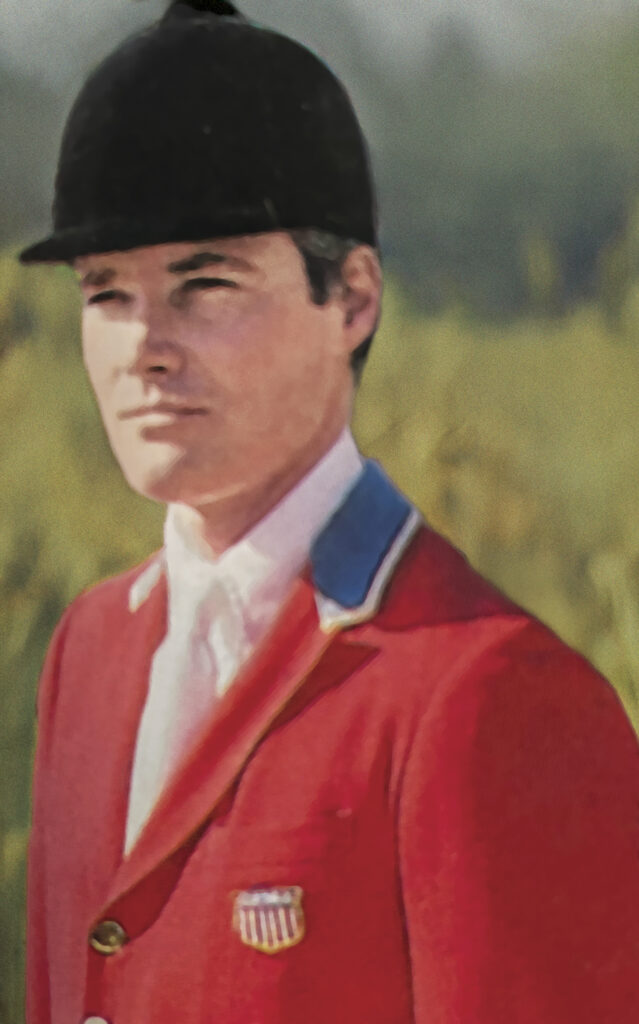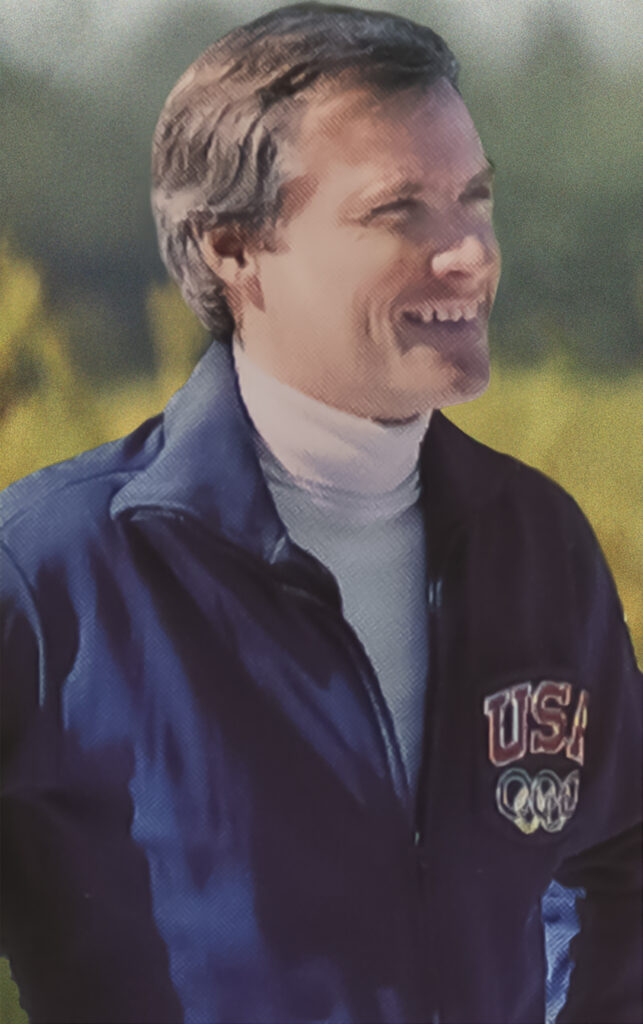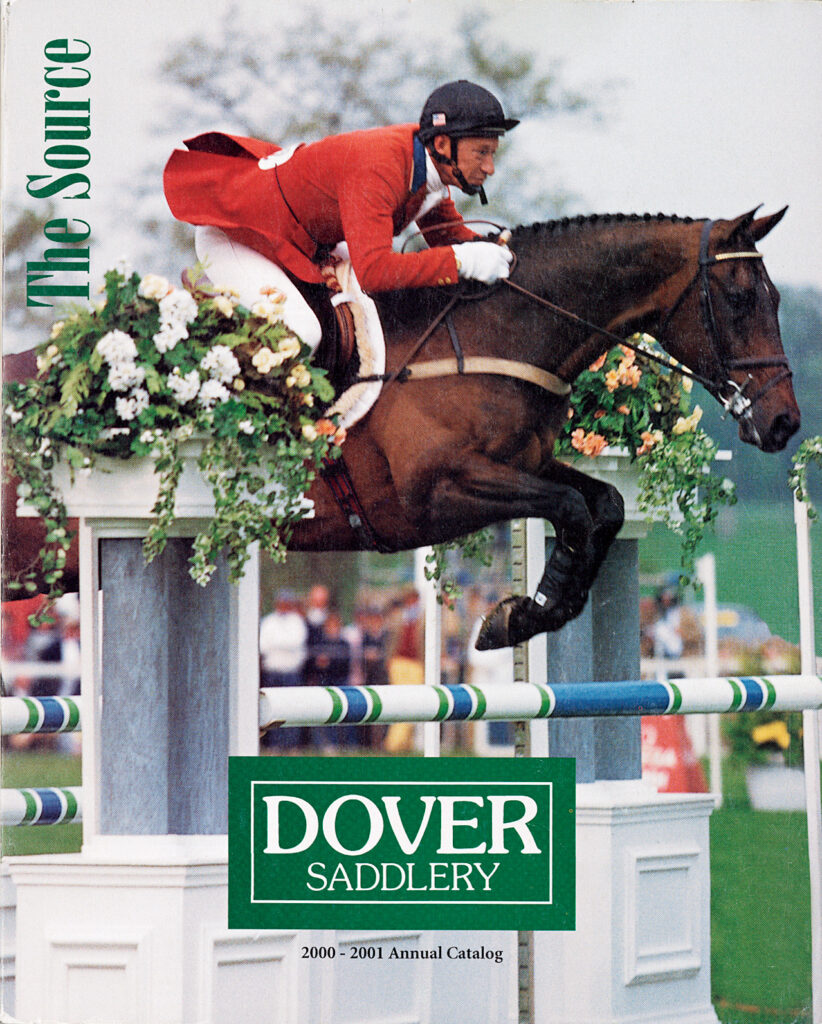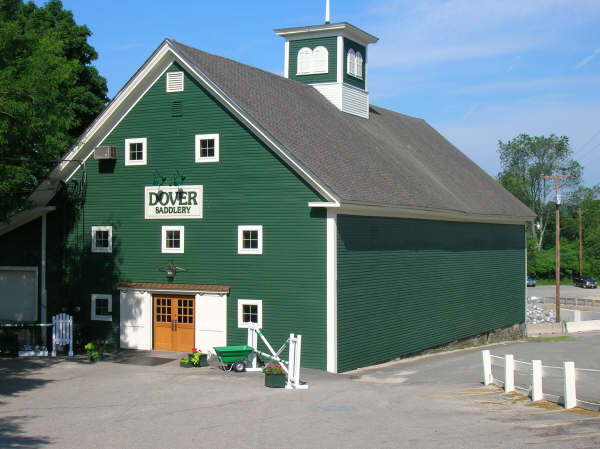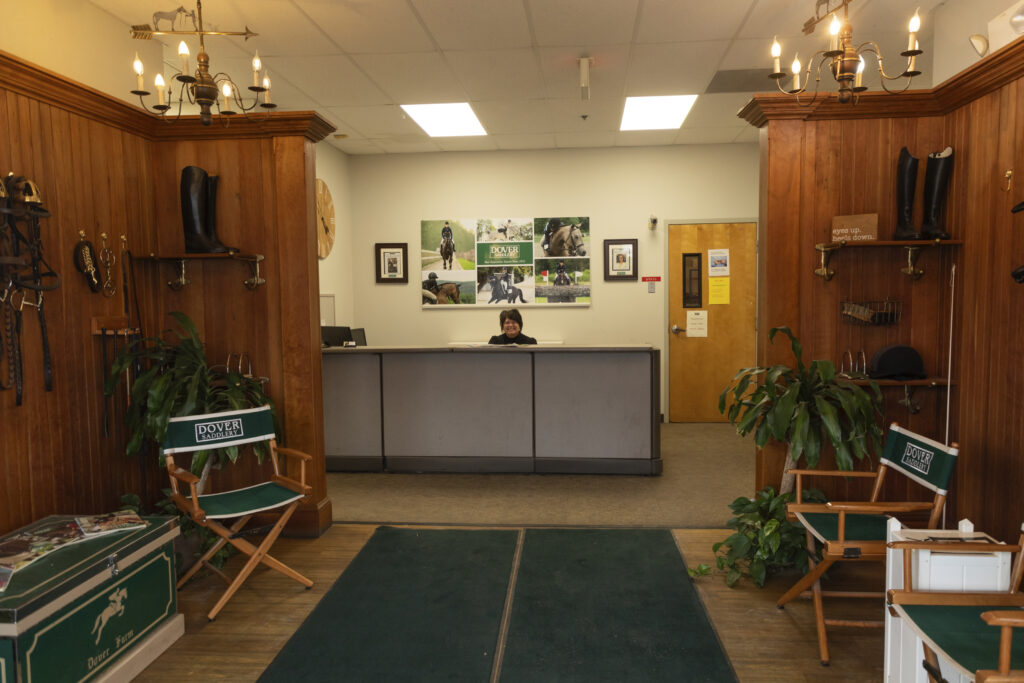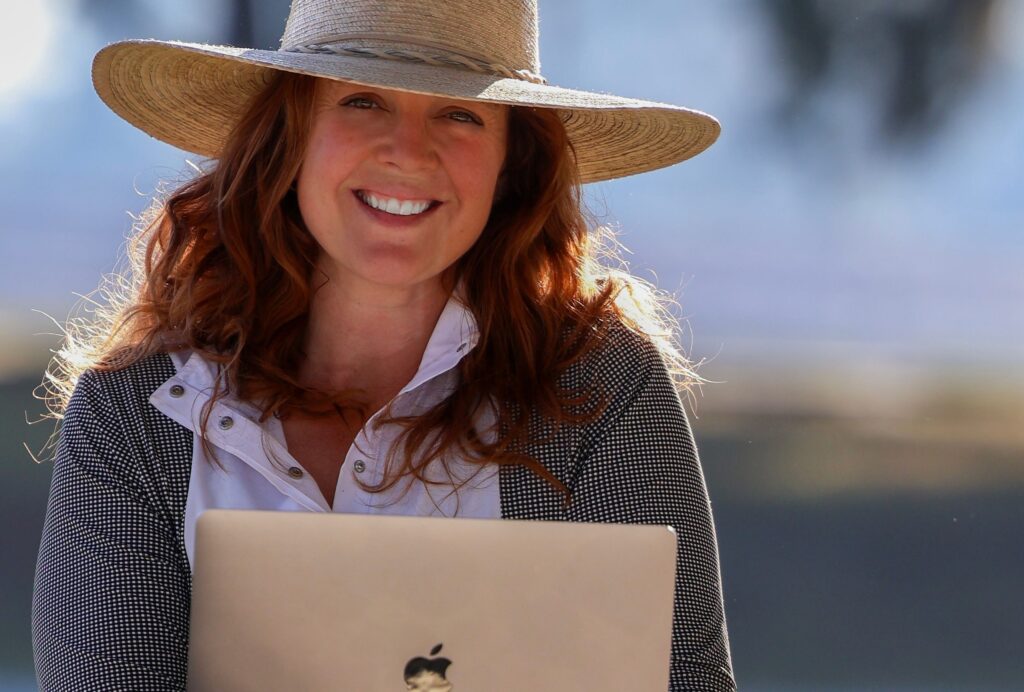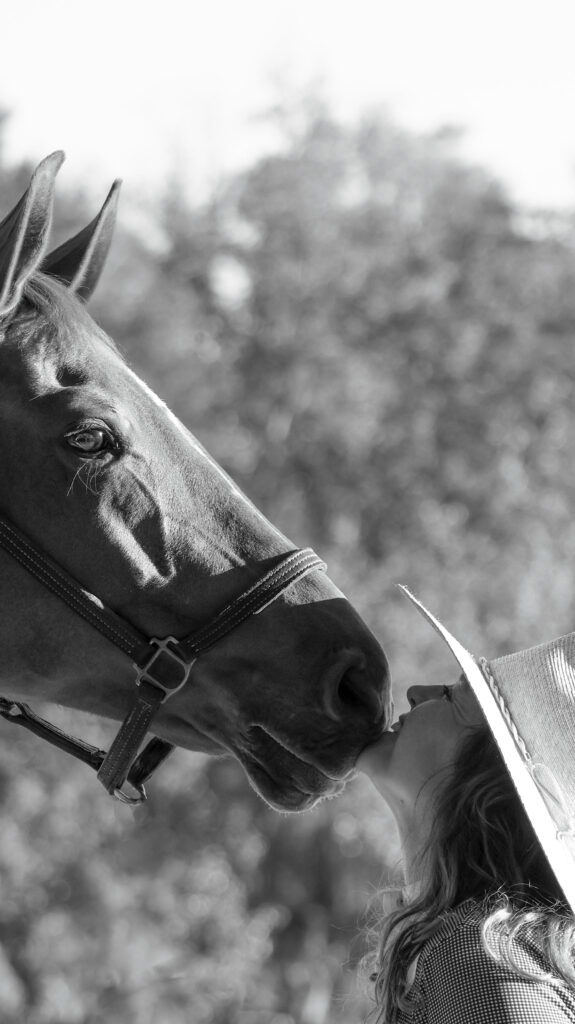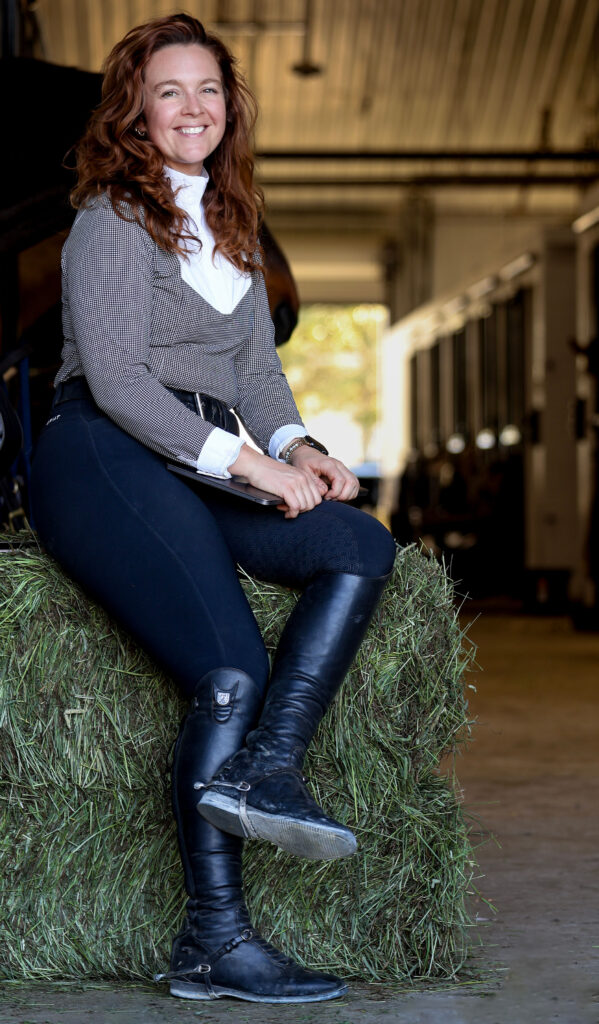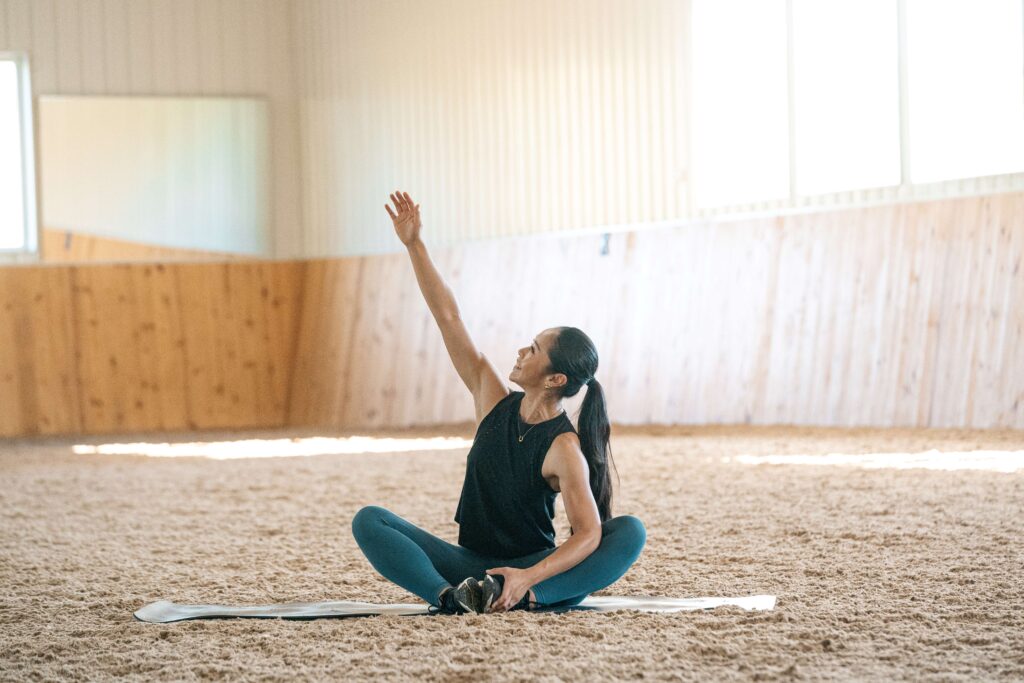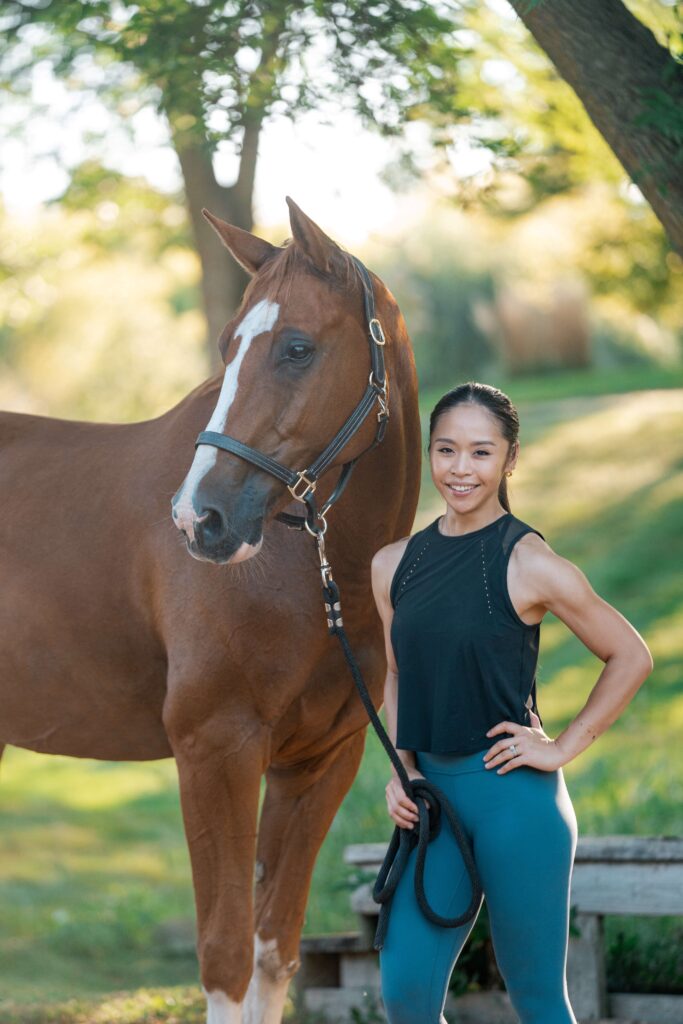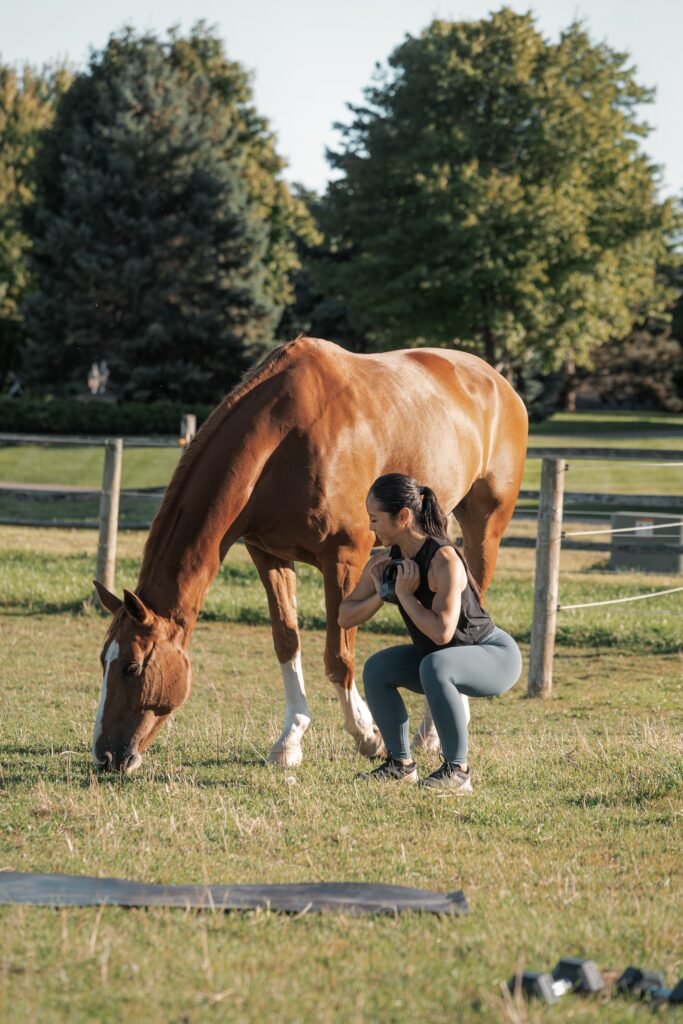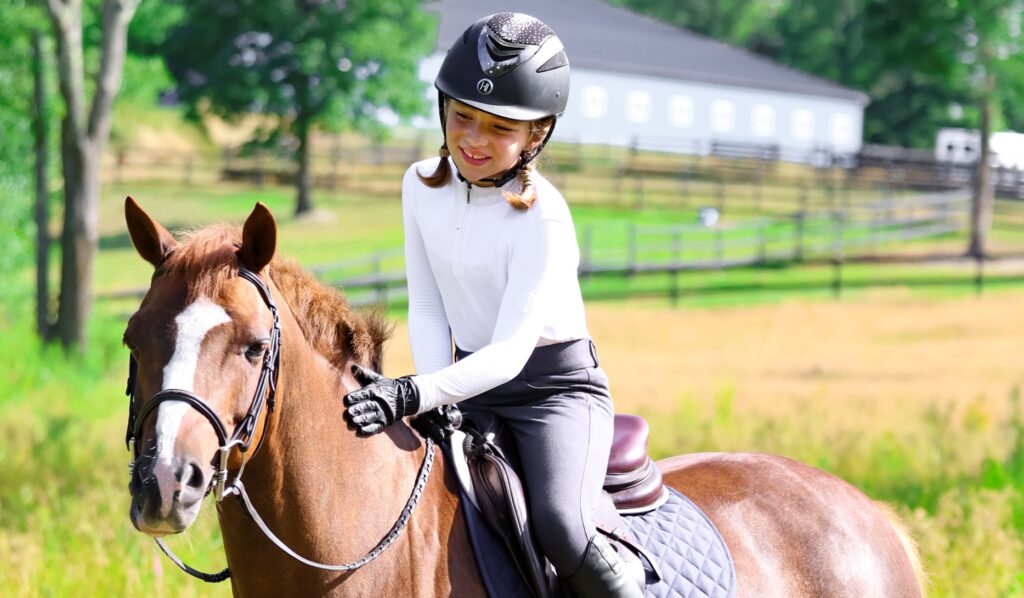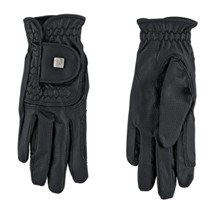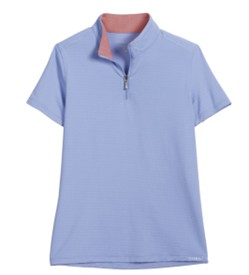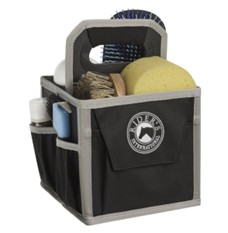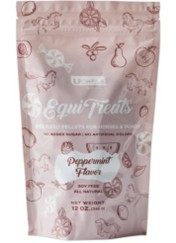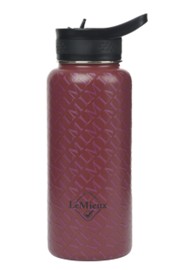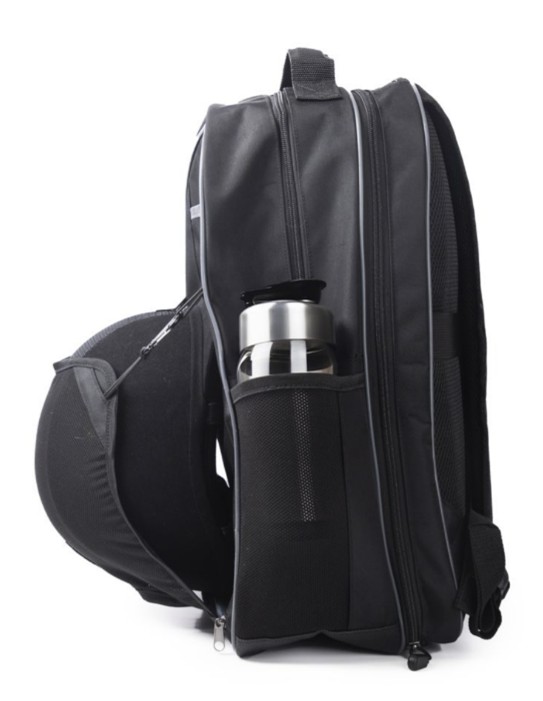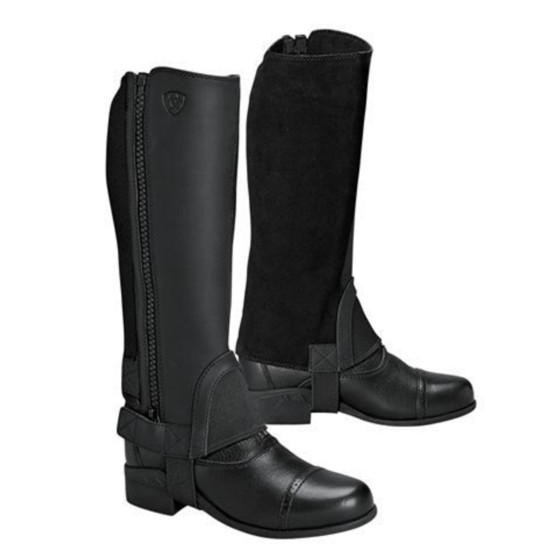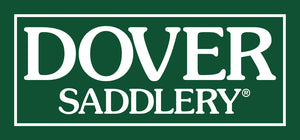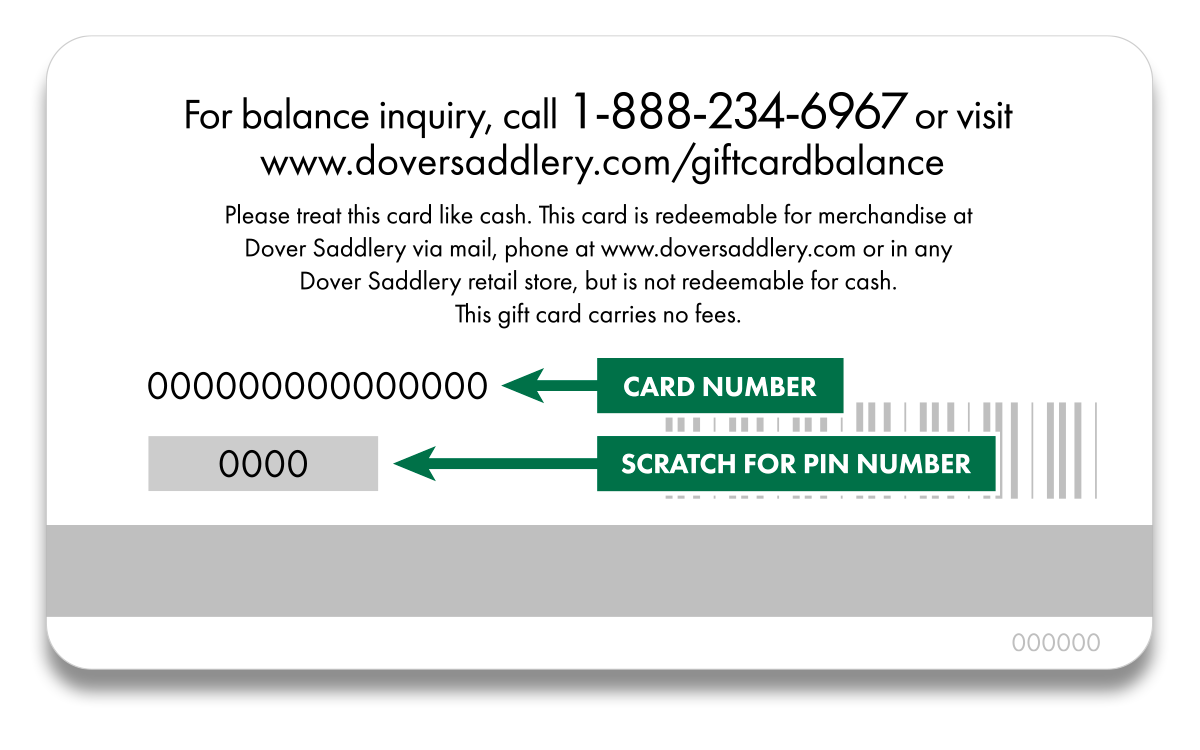
This year marks Dover Saddlery’s 50th Anniversary supporting riders and the equestrian community. We welcome you to ride along and learn about our journey from our founding year to the present day.
Dover Saddlery was founded in 1975 by brothers Jim and David Powers, both top-ranked riders on the U.S. Equestrian Team. Raised by two equine veterinarians, always with horses, the Powers brothers were no strangers to working with the off-the-track Thoroughbreds and enjoyed riding in multiple disciplines. Riding became a daily family activity, ultimately leading Jim, and David to become top-ranked riders on the U.S. Equestrian Team, traveling the world to train with some of the greatest hunter/jumper coaches in history.
During their travels, Jim and David saw a need for high-quality, innovative products for the equestrian community. They realized they could develop these products directly from inception to the consumer collaborating with top riders, industry partners and craftsmen all over the world. With this vision, they built Dover Saddlery, focusing on quality products designed by real riders. Their commitment to excellence quickly earned Dover Saddlery its reputation as a premier, upscale brand in the English riding industry.
In 1975, they opened the first Dover Saddlery store in Wellesley, MA, with a mission to provide expert guidance from knowledgeable riders. Their philosophy was simple: Dover is your one source to get the quality products you need at the right price, supported by knowledgeable equestrian service. Fifty years later, this mission remains the same and is the pillar of Dover’s core values.
In 1982, the Powers brothers launched the first Dover Saddlery catalog, which would soon become an equestrian icon. Over the decades, meticulous attention has been paid to each and every product contained within the pages as well as the catalog cover, featuring Olympians, industry pioneers, and horses and athletes who hold a special place in our hearts. These covers have graced the walls of countless tack rooms, barns, and homes, each one more picturesque than the last.
After another a decade of growth, lifelong equestrian and entrepreneur Stephen Day became President & CEO of Dover Saddlery, ushering in a new era of expansion. Under his leadership, Dover grew its retail presence and launched its first website in the year 2000. Throughout these advancements, the company remained dedicated to its founding principles: prioritizing the needs of riders and horses while developing the most innovative equestrian products backed by knowledgeable equestrian service.
In 2005, Dover Saddlery opened its flagship store in Plaistow, NH. and another in 2014, located in Wellington, FL, further reinforcing Dover’s commitment to equestrians nationwide. Today, Dover operates thirty-seven stores, with plans for continued expansion. In 2017, a partnership with USEF solidified Dover’s dedication to the safety and well-being of riders and horses in the sport.
As Dover continues to grow, the mission remains steadfast: to serve equestrians and their horses by offering over 10,000 products online and in stores. With over 100,000 social media followers, Dover has embraced brand collaborations to showcase products, highlight partnerships, and remain at the forefront of the sport.
Today, Dover’s reins are held by a team of passionate riders who continue to uphold the original 1975 mission. Our commitment to provide world-class products and service to riders and their horses is at the core of every decision made and will remain so. We take pride in supporting equestrian sport and the local riding community by partnering with hundreds of riding clubs each year.
Jim Powers recently stated, “I love Dover Saddlery” and “We’re here only because of horses” and after 50 years, we couldn’t agree more.
